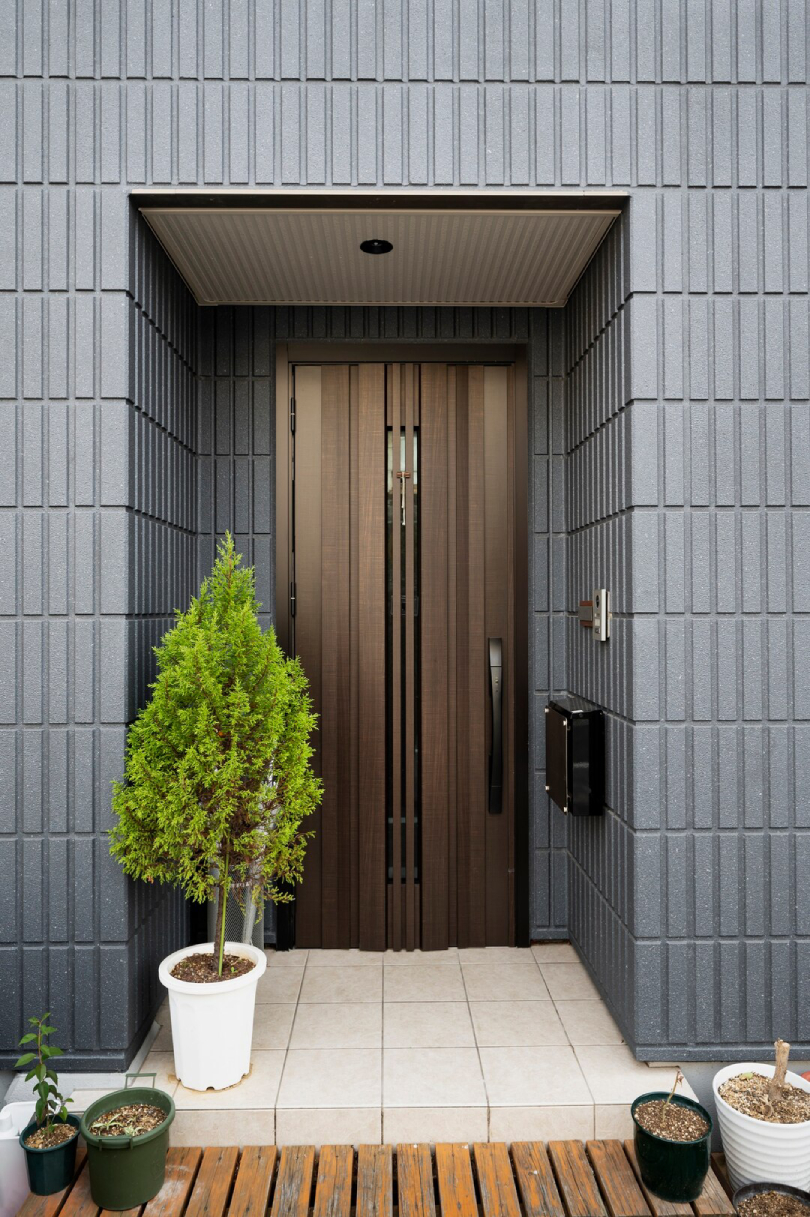Windows are often described as the eyes of a home. They frame views, let in natural light, and influence ventilation, energy efficiency, and overall design. Choosing the right window material is therefore one of the most important decisions homeowners make during construction or renovation.
Two popular options dominate the market: Aluminium Windows and wooden windows. Both have their own merits, but they differ in performance, style, and long-term value. So which one should you choose for your home? Let’s take a closer look.
The Aesthetic Factor
Wood has long been the traditional choice for windows in India. Its natural warmth, rich textures, and classic charm make it especially popular in heritage homes, villas, and interiors with traditional décor. Wooden windows can also be carved or stained for intricate detailing, giving them an artisanal appeal.
Aluminium Windows, on the other hand, are the face of modern architecture. Their slim frames and clean lines fit seamlessly into contemporary and minimalist designs. They are available in a wide variety of finishes including powder-coated colours, anodized metallics, and even wood-finish textures. This versatility allows aluminium to replicate the warmth of wood while offering the sleekness of metal.
In short, wood excels in classic elegance, while aluminium dominates in modern aesthetics.
Durability and Maintenance
One of the most important differences between wood and aluminium lies in durability.
- Wooden Windows are vulnerable to climatic conditions. In humid areas, they may swell or warp. In hot, dry regions, cracks may appear over time. Termites and pests also pose a risk unless the wood is treated regularly. To keep them looking good, wooden windows require polishing, varnishing, or repainting every few years.
- Aluminium Windows are resistant to rust, swelling, termites, and weather-related damage. They retain their shape even under extreme heat or rain, making them particularly reliable in India’s varied climates. Maintenance is minimal—usually just an occasional wipe with a damp cloth.
For homeowners who want longevity and minimal upkeep, aluminium clearly comes out ahead.
Energy Efficiency
Wood is naturally a good insulator. Wooden windows help regulate indoor temperatures by keeping out heat in summer and retaining warmth in winter. This makes them appealing for energy-conscious homeowners.
However, modern aluminium windows have bridged the insulation gap with technological advancements. Thermal break systems—where an insulating barrier is placed between the inner and outer frame—greatly reduce heat transfer. Combined with double or triple glazing, aluminium now delivers excellent energy efficiency that rivals or even surpasses wood.
If you are looking for performance with durability, aluminium is the more future-ready option.
Security and Strength
Both materials provide strong security features, but aluminium has an edge due to its inherent strength. Aluminium frames allow slim profiles without compromising sturdiness, making them capable of supporting large glass panels. They also integrate easily with modern locking systems, including multi-point locks and reinforced hinges.
Wooden windows can be strong, especially when made from hardwood, but their resistance to impact reduces over time if exposed to moisture or pests. Aluminium retains its structural integrity far longer, ensuring reliable security for years.
Design Flexibility
Wood offers design flexibility through carving, shaping, and staining. It suits homes with traditional or heritage architecture, where handcrafted details play an important role.
Aluminium provides flexibility of a different kind. It supports larger spans, floor-to-ceiling windows, sliding systems, tilt-and-turn mechanisms, and even unusual shapes. With endless colour and texture options, aluminium windows adapt seamlessly to modern and luxury homes.
For homeowners who value innovation and variety, aluminium offers more versatile design possibilities.
Cost and Long-Term Value
Wooden windows, especially when crafted from premium hardwoods, can be expensive to install and maintain. Regular treatments, repainting, or repairs add to long-term costs.
Aluminium windows may cost slightly more upfront than basic wooden frames, but they save money over time. With almost no maintenance and a lifespan of decades, they deliver strong value. Add to this their energy efficiency and durability, and aluminium becomes a more cost-effective investment.
Sustainability
Wood is a renewable material, but deforestation and unsustainable sourcing practices raise concerns. Certified sustainable wood is an option, but it may be costly.
Aluminium, by contrast, is 100 percent recyclable without losing strength. Recycled aluminium consumes only a fraction of the energy required for new production, making it one of the most sustainable materials in modern construction.
For eco-conscious homeowners, aluminium offers a more responsible choice.
Which Should You Choose?
The choice between Aluminium Windows and wooden windows depends largely on your lifestyle and design preferences.
- If you love traditional charm, natural textures, and do not mind regular upkeep, wooden windows may suit your taste.
- If you want durability, sleek designs, minimal maintenance, and long-term efficiency, aluminium is the better choice.
For modern Indian homes where practicality, security, and style all matter, aluminium windows are steadily emerging as the smarter option.
Conclusion
Both wood and aluminium bring unique benefits, but in today’s context, aluminium is proving to be the future of window design. With its blend of strength, low maintenance, energy efficiency, and design versatility, Aluminium Windows are not just a trend but a long-term solution for modern homes.
For homeowners who want to elevate their spaces with windows that combine aesthetics and performance, Window Magic offers a premium range of aluminium windows tailored to Indian lifestyles. Choosing Window Magic means investing in windows that look beautiful, perform brilliantly, and stand the test of time.

